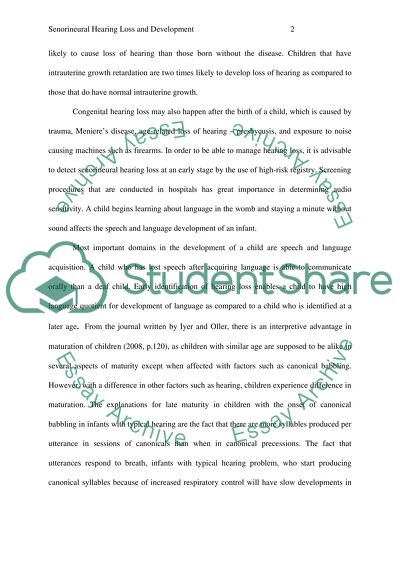Cite this document
(“Investigating children and their childhoods (babies with senorineural Literature review”, n.d.)
Retrieved from https://studentshare.org/education/1466386-investigating-children-and-their-childhoods-babies
Retrieved from https://studentshare.org/education/1466386-investigating-children-and-their-childhoods-babies
(Investigating Children and Their Childhoods (babies With Senorineural Literature Review)
https://studentshare.org/education/1466386-investigating-children-and-their-childhoods-babies.
https://studentshare.org/education/1466386-investigating-children-and-their-childhoods-babies.
“Investigating Children and Their Childhoods (babies With Senorineural Literature Review”, n.d. https://studentshare.org/education/1466386-investigating-children-and-their-childhoods-babies.


